What was Times Square before the electric billboards, before the Broadway theaters and theme restaurants, before the thousands and thousands of tourists?
What was Times Square before it was Times Square?
Today it’s virtually impossible to find traces of the area’s 18th and 19th century past. But in this episode, Tom and Greg will peel away the glamour and chaos — evict the Elmos and the pedicabs — to explore a far different world — of colonial estates, rolling farms, horse stables, and beer-themed hotels.
They’ll be ending their story today on the date December 31, 1904, when the very first New Year’s Eve celebration was held here – in the plaza newly christened as Times Square.
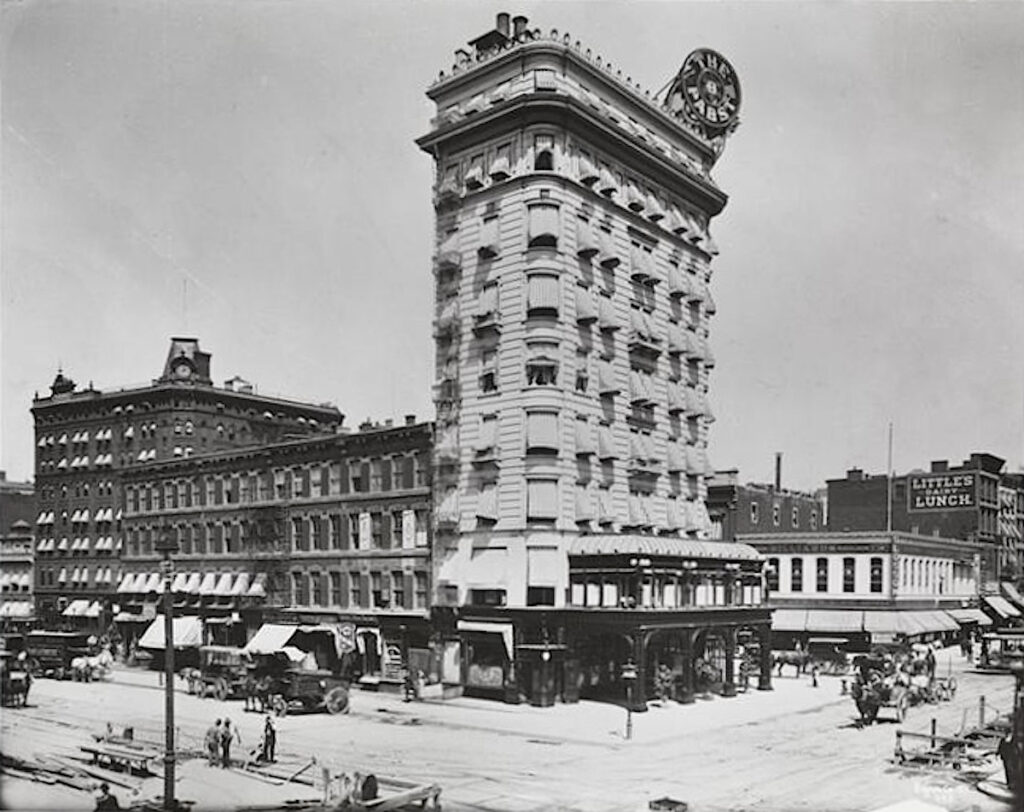
But if you had walked through here fifty years earlier, you certainly would not have called it ‘the crossroads of the world.’
Early real estate speculators like John Jacob Astor saw the district’s potential early, buying up pastures and farms that would soon be transformed into city blocks thanks to the Commissioners Plan of 1811.
One significant land purchase — Eden Farm — sat on the plot of a former colonial estate of John Morin Scott, a New York founding father who once invited future president John Adam to a very abundant brunch here!
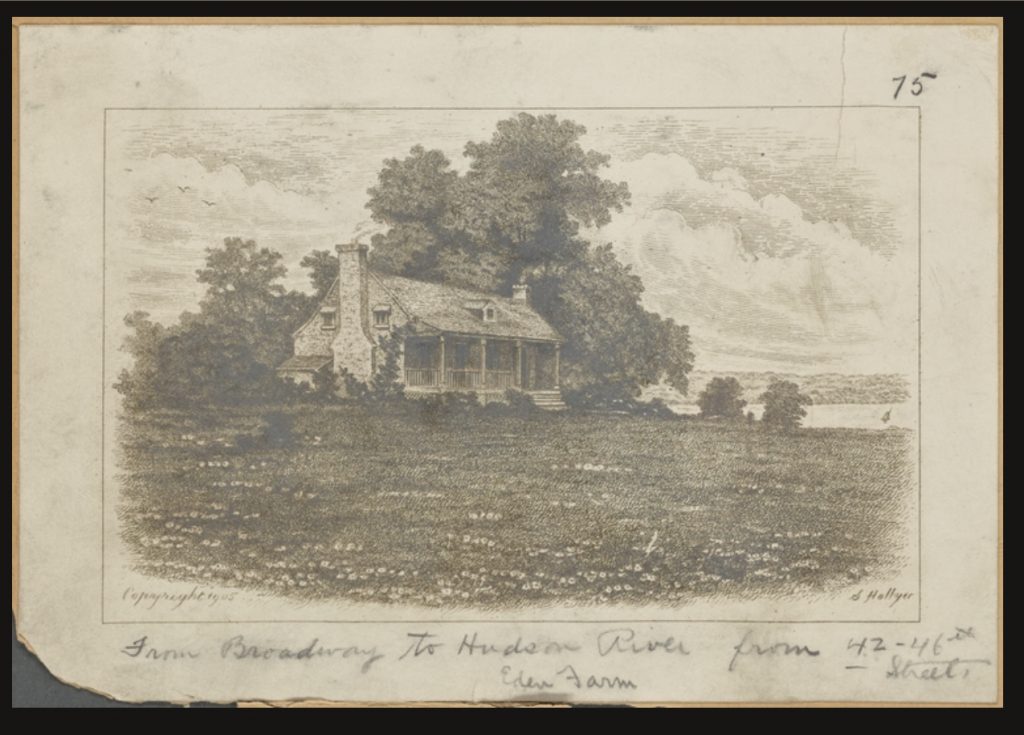
During the 19th century, you would have seen more horses than people here. The area was known as Longacre Square, and it was the heart of New York’s horse-and-carriage trade, the equivalent of an auto garage district today.
Back in the 19th century, the streets were lined with stables, riding schools, and even the American Horse Exchange, where prized racehorses were bought and sold.
Popular theaters and vaudeville houses began drawing crowded up Broadway, but even in the late 19th century, 42nd Street seemed to keep the entertainment scene out of Longacre Square.
However, when New York decided to build its subway system, Broadway and 42nd Street became an important station in linking the city underground.
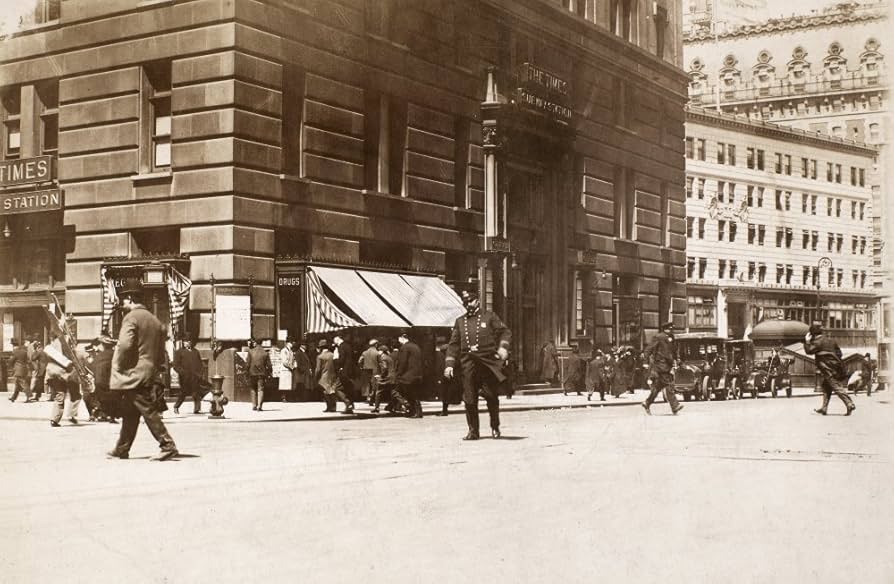
Suddenly Longacre Square would be considered the center of the city. All it needed was a healthy makeover. And a newspaper publisher looked to define the district with a new, glorious skyscraper headquarters.
FEATURING: The Vanderbilts, the Pabsts, the Ochs, and the biggest musical of the 1900s! And a few connections in Times Square where you can still find these 19th-century traces of the past.
LISTEN NOW: WHEN LONGACRE SQUARE BECAME TIMES SQUARE
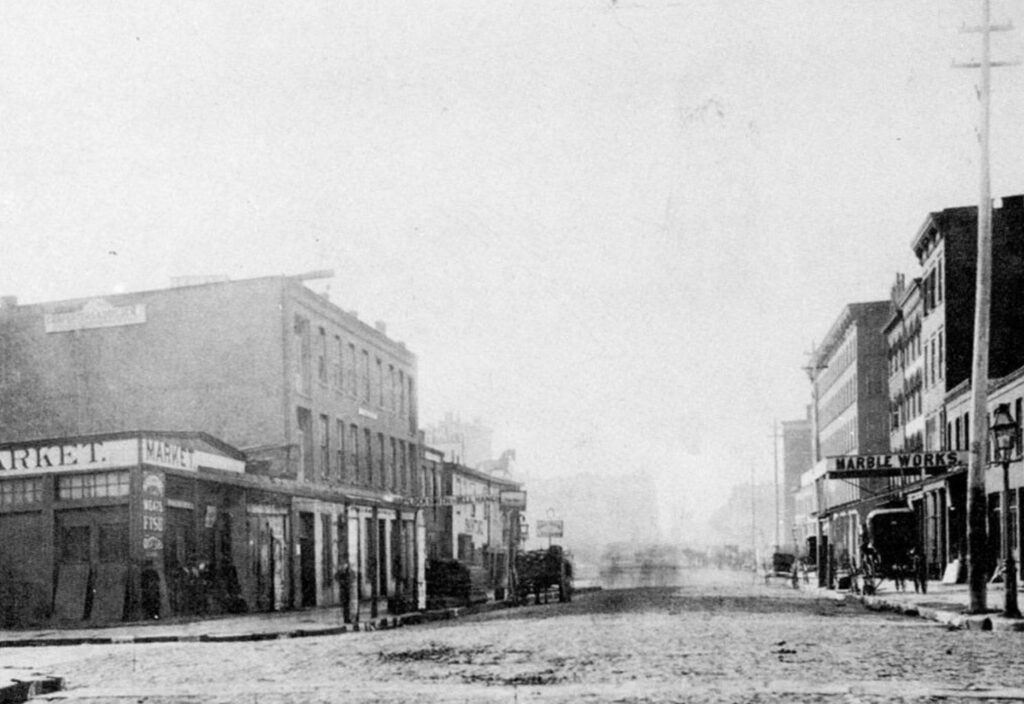
The American Horse Exchange, on the spot of today’s Winter Garden theater.
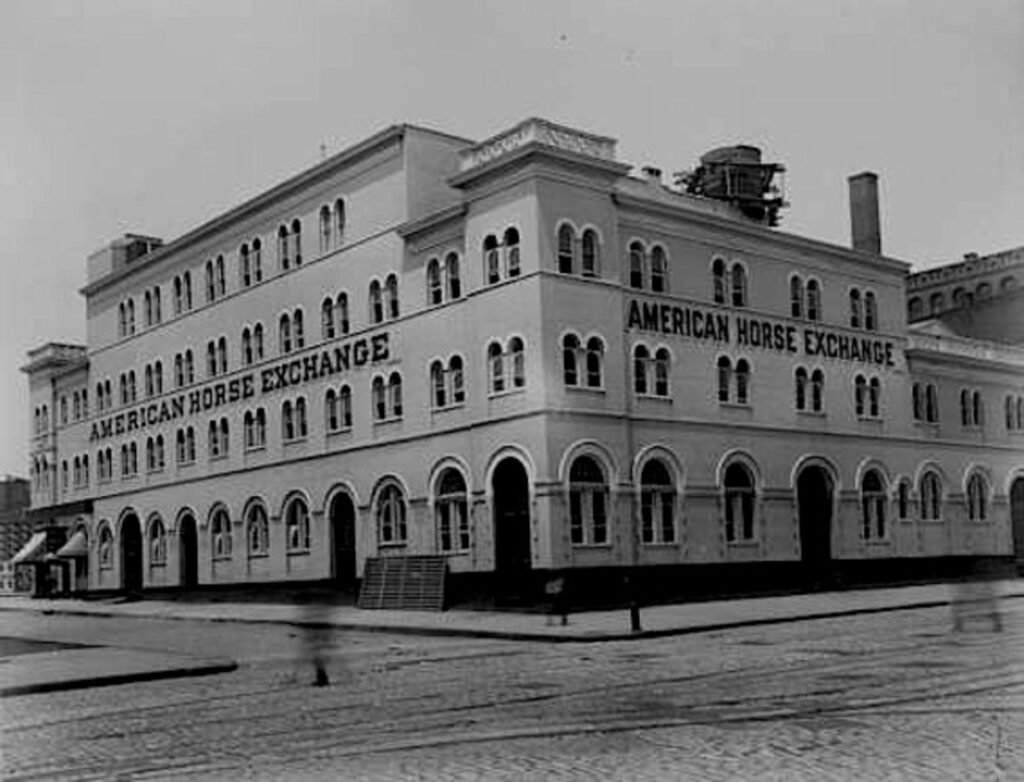
From the New York Times, 1920, marking the site of Eden Farm
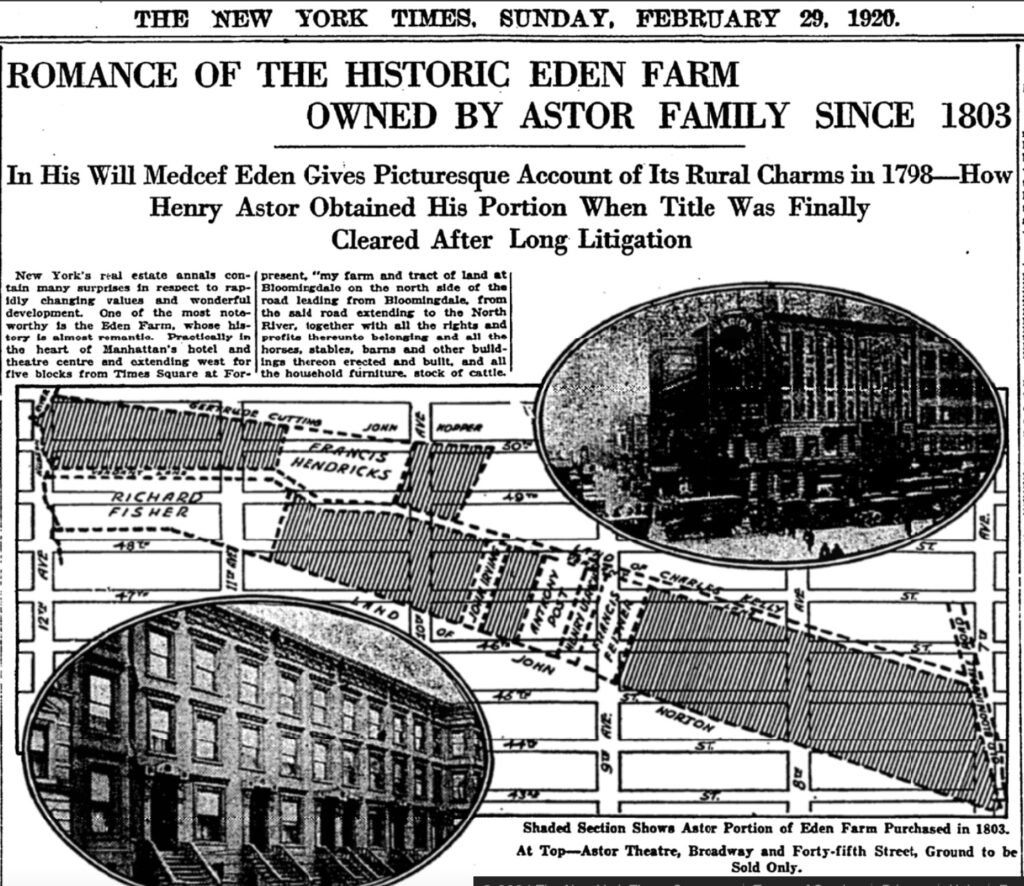
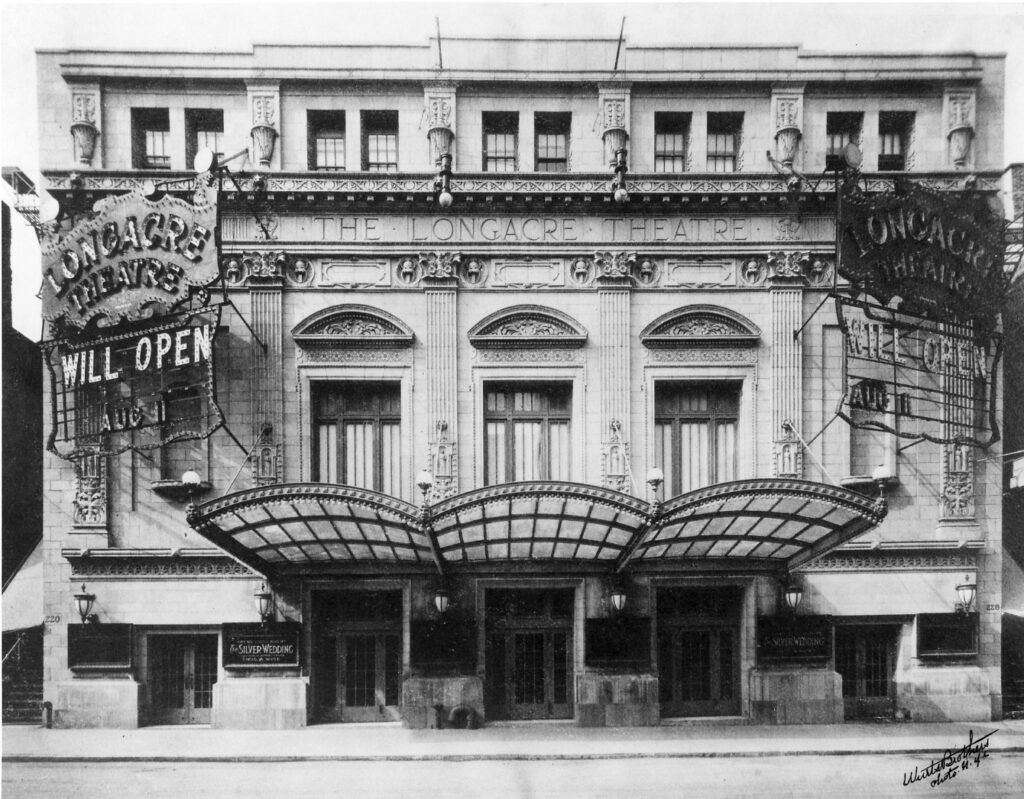
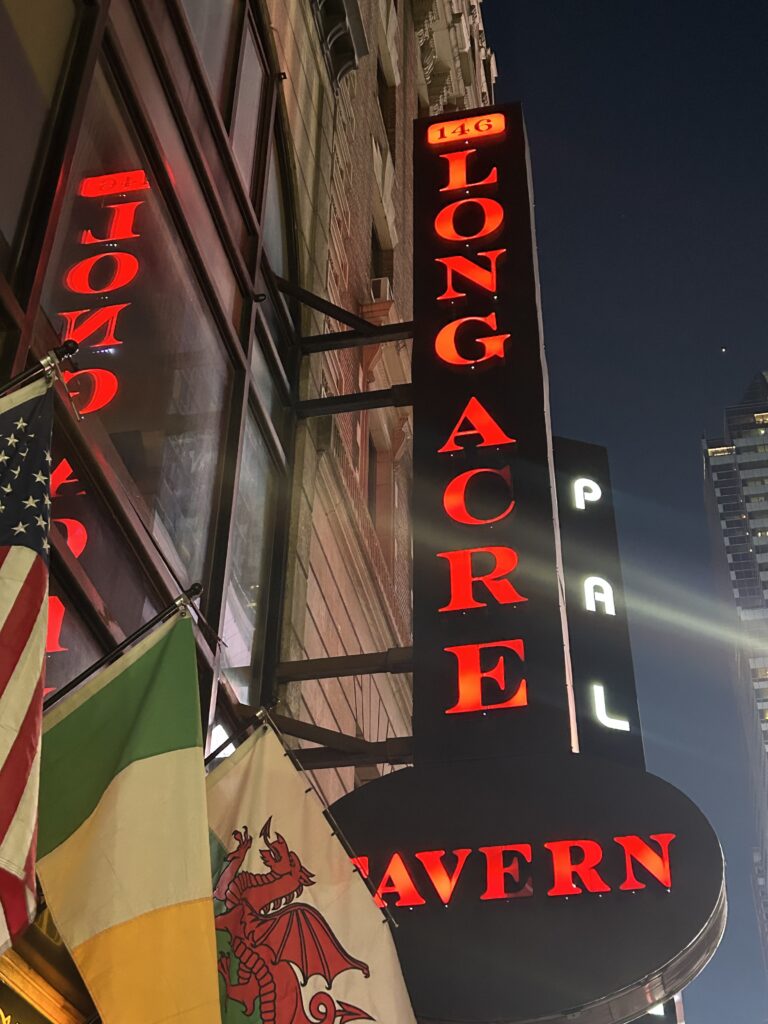
One Astor Plaza on the former Eden Farm site that was eventually owned by John Jacob Astor. Pictured here in 1977. Anybody remember the movie theater? What a place!
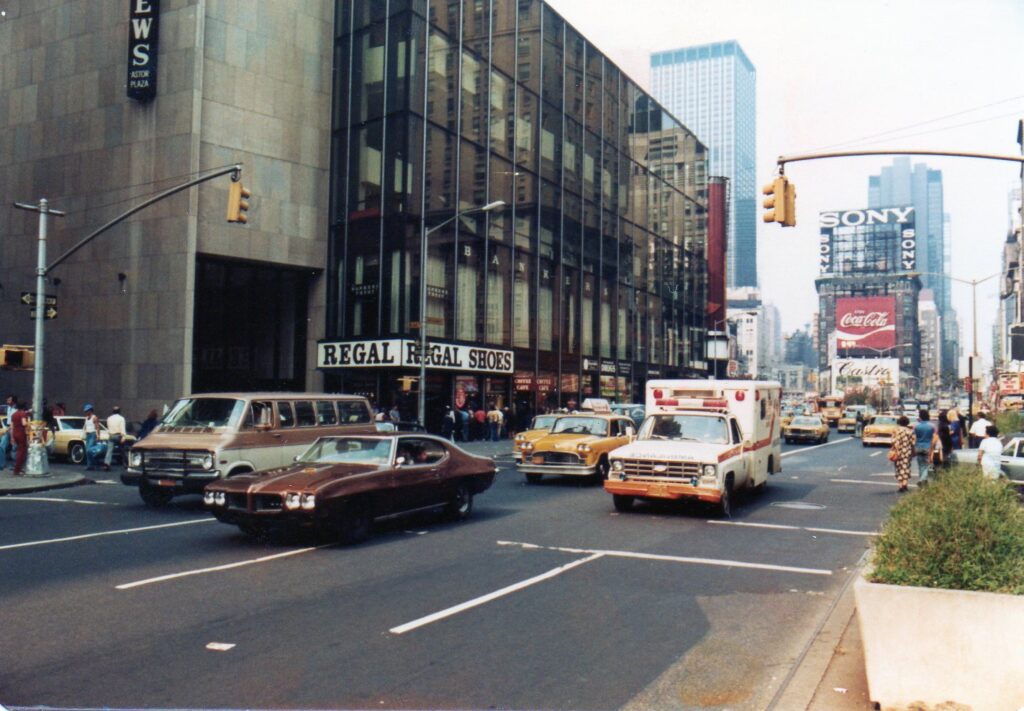
FURTHER READING
Some articles from the website about the history of Times Square:
— The naming of Times Square: Becoming the Crossroads of the World
— The Broadway Melody: New York’s first Oscar victory and an ironic success for the Astor Theatre in Times Square
— A trip to Times Square 1904: The Hotel Astor arrives
— A trip to Times Square 1904: Lights and old whiskey
— A trip to Times Square 1904: Packard Motor Cars
— Remember the Times Square Howard Johnsons
FURTHER LISTENING
We’ve got a great many podcasts which tie into this show. Give these a listen after you’re done with our current episode.

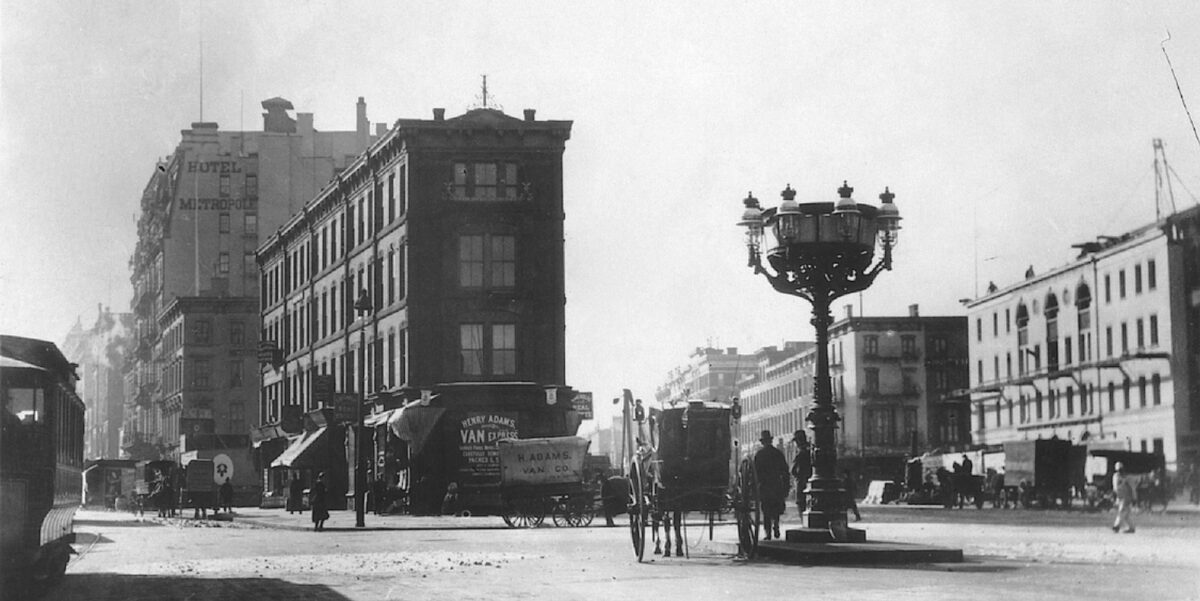
1 reply on “When Longacre Square Became Times Square: Before the Bright Lights of Broadway”
Most excellent and extremely informative history!